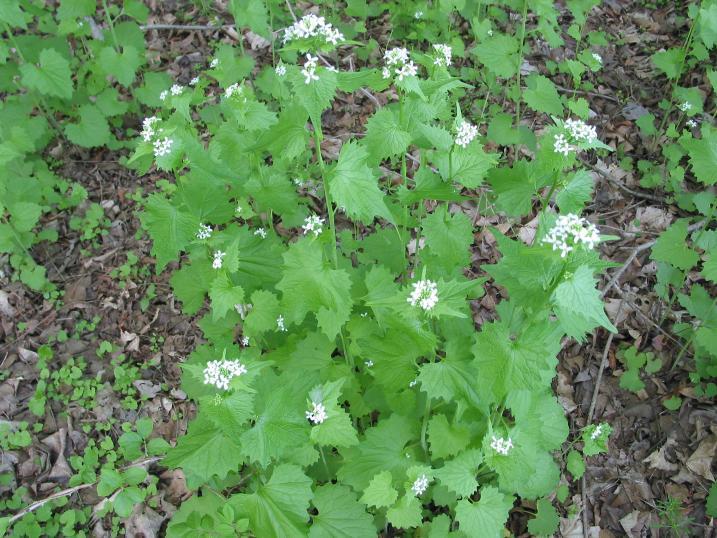Stewardship Tip: Citizen Scientists Use Online Tools to Map Invasives

Did you know that anyone can report populations of invasive plants and insects? These reports help stewardship managers plan removal projects and identify invasive hot spots.
In New Hampshire, the Stewardship Network: New England is using EDDMaps, a national, online system to collect reports of invasive garlic mustard (and other invasives). Reporting is easy once you set up your own profile. The hope is that new garlic mustard reports by volunteers and stewardship managers will help target workday planning for next year, the second year of New England's participation in the Garlic Mustard Challenge.
You can also use a smartphone app such as IPANE or Outsmart Invasives to map populations of invasive plants directly from the field.
Both of these apps connect to the EDDMaps national database, so your local records will be seen and used by those working on invasives plants in your region. One note: if you are mapping plants on private property, be sure you have the landowner's permission before you upload a record to the site. UNH Extension has a simple fact sheet on how to use these tools to map invasives, free for download:
If you are into bugs as opposed to plants, New Hampshire has a citizen science effort to learn about and report examples of invasive forest pests at NHBugs.org. In Massachusetts, there is a similar effort for invasive insects called Outsmart Invasives that works with the Outsmart app (mentioned above). Their online video about the project is worth watching, even if just for the laugh!
If you are in New York or Vermont, you can submit your invasive plant populations through iMap Invasives, another online system that is available to states and organizations that have a subscription.
